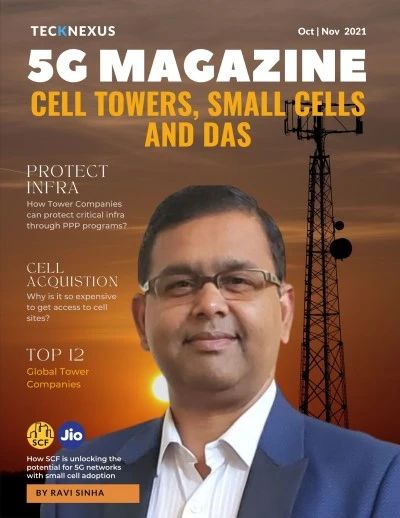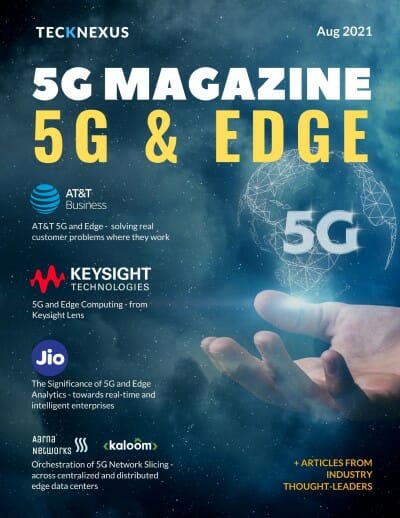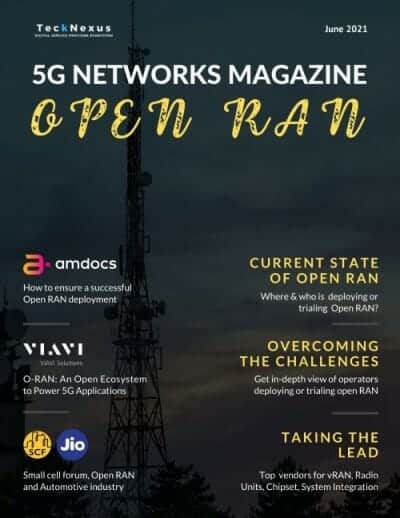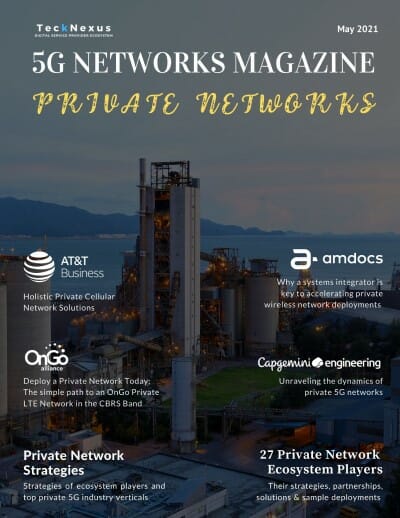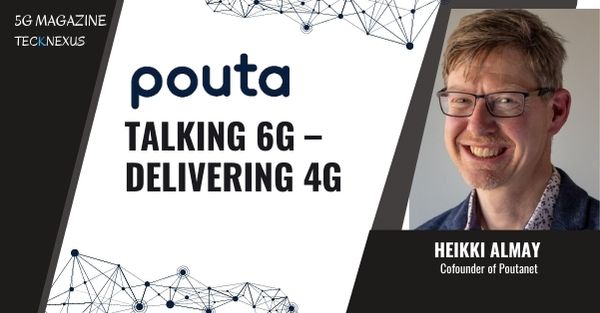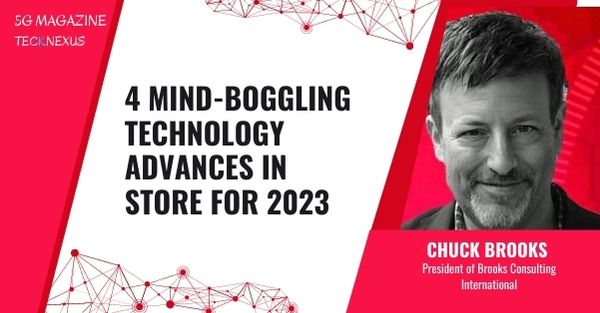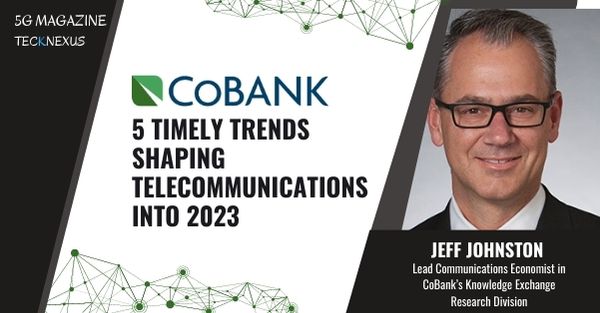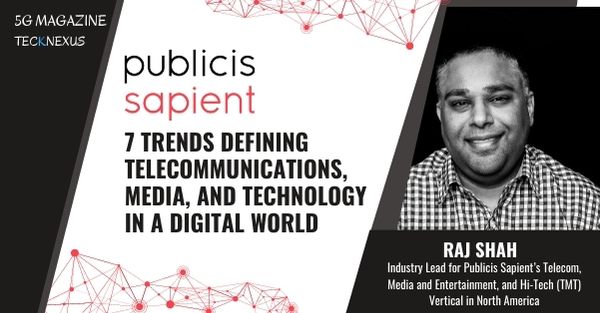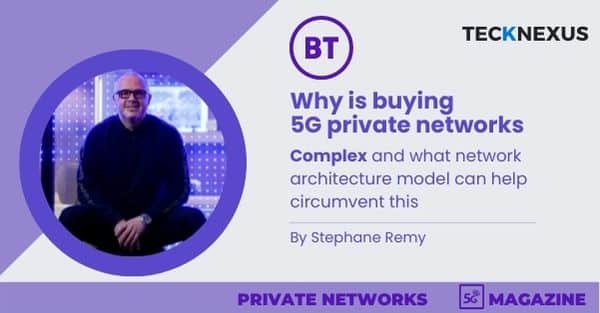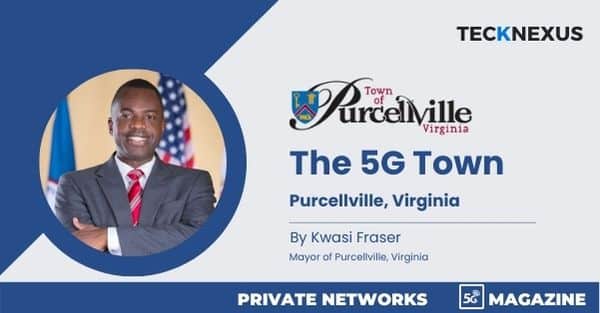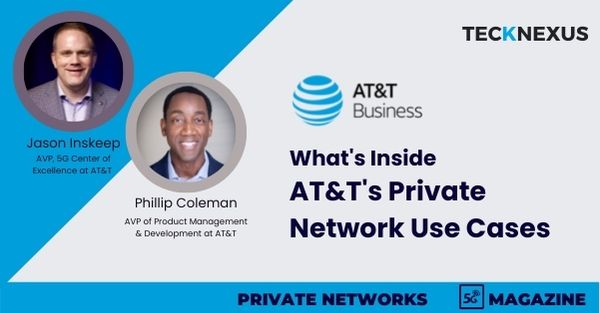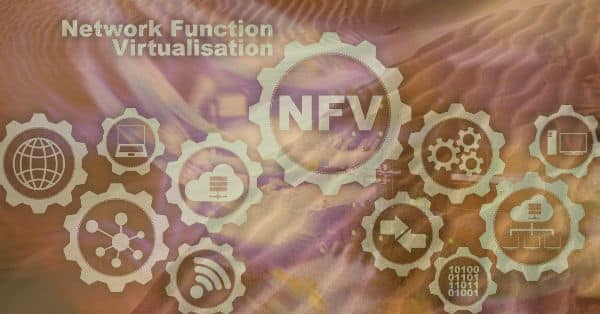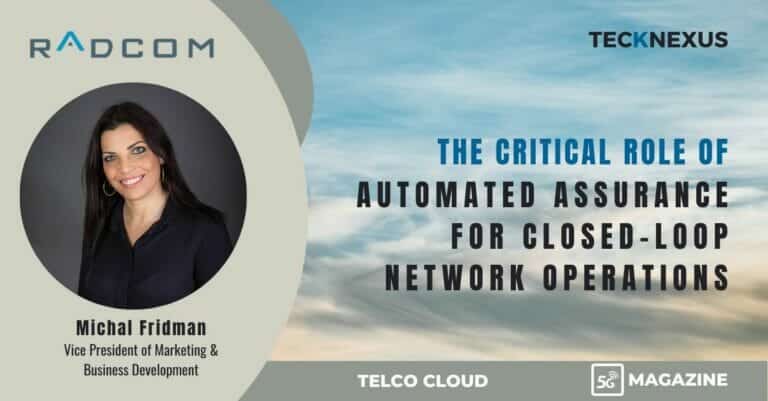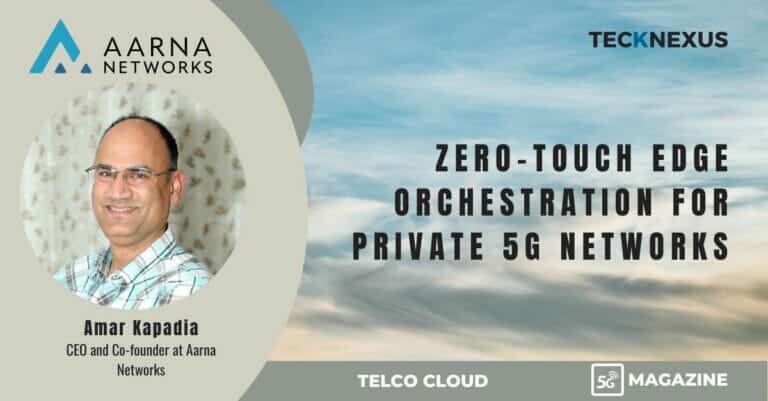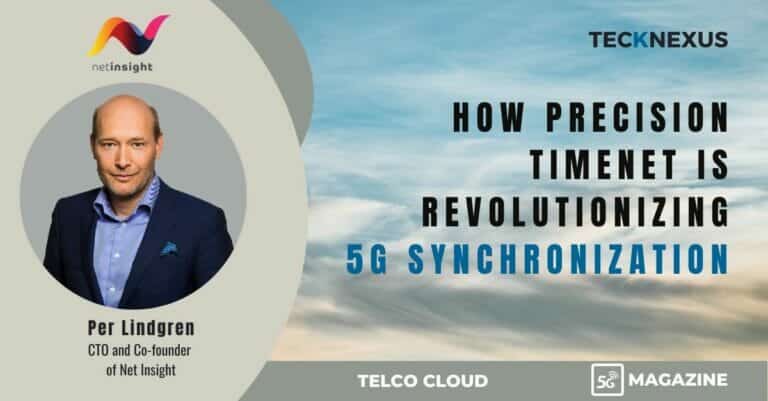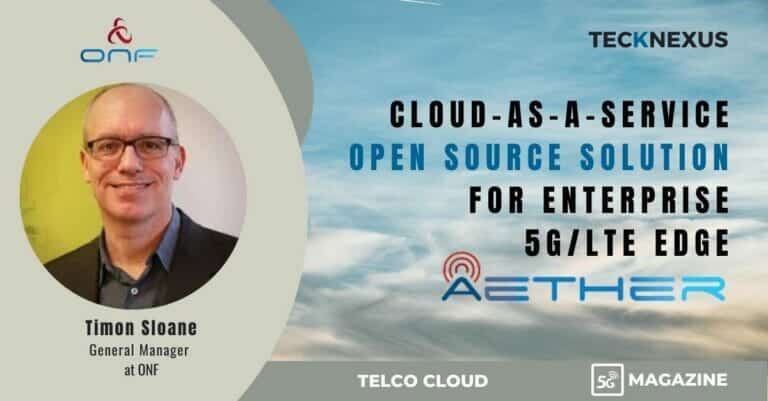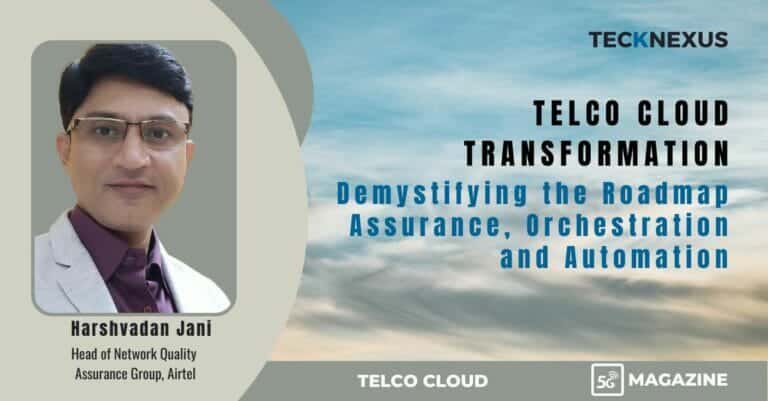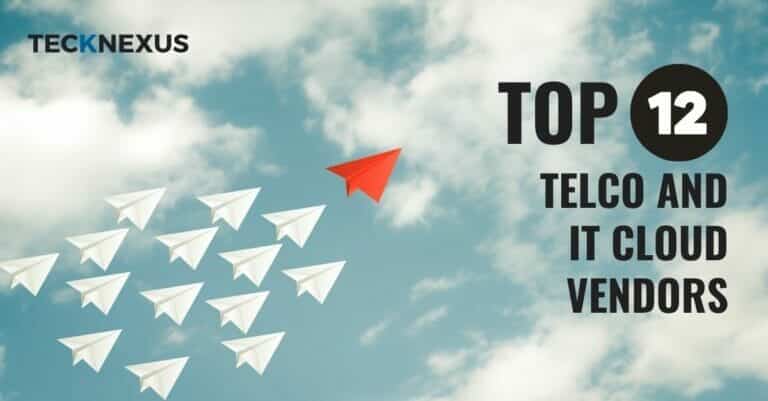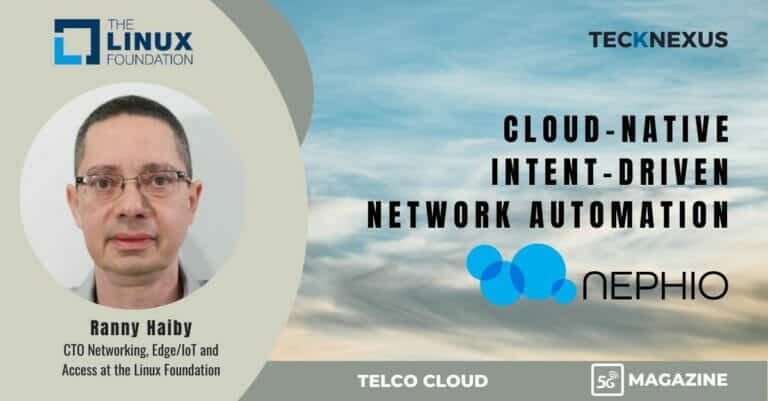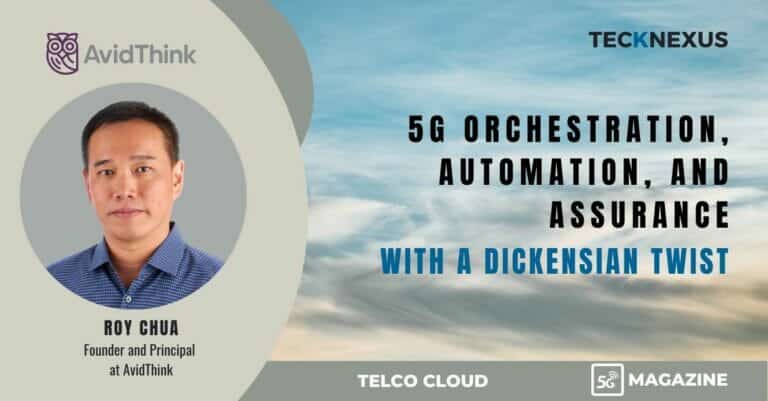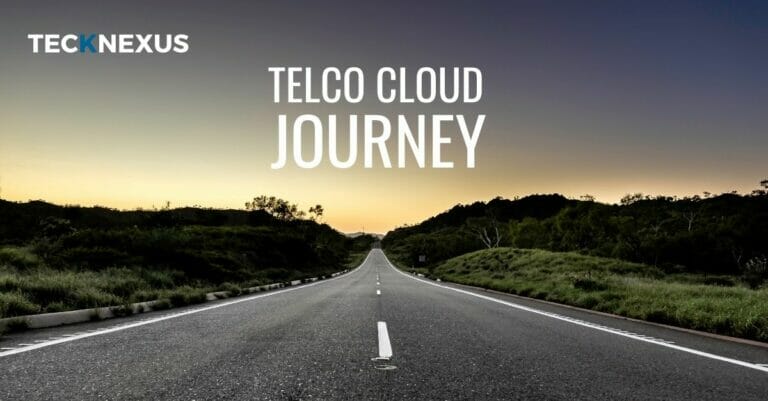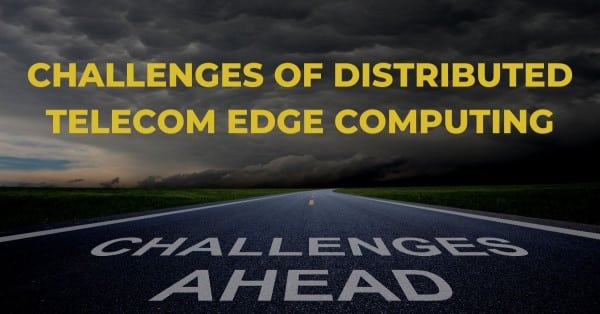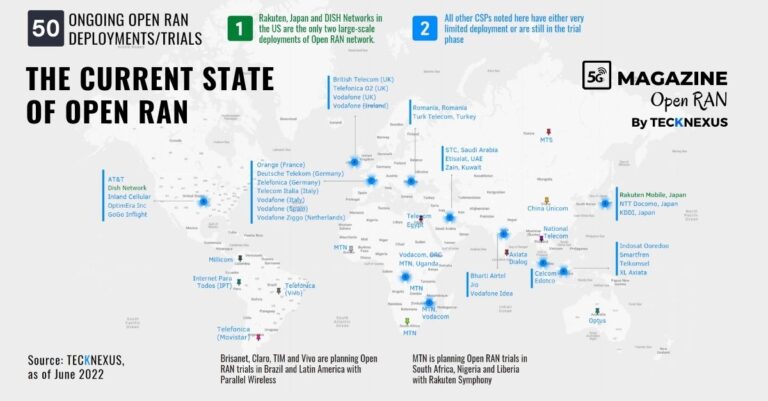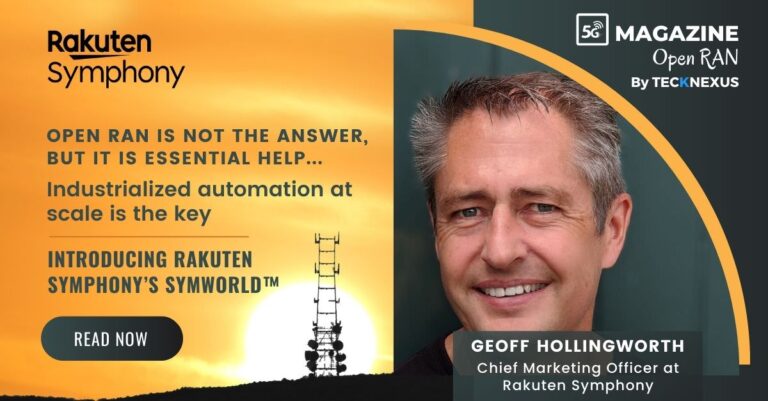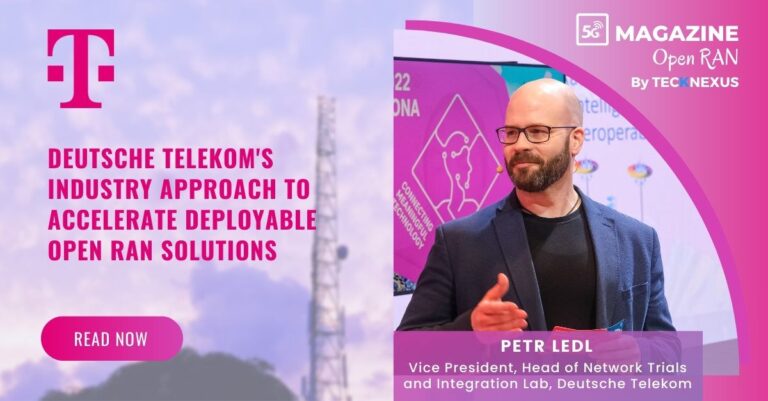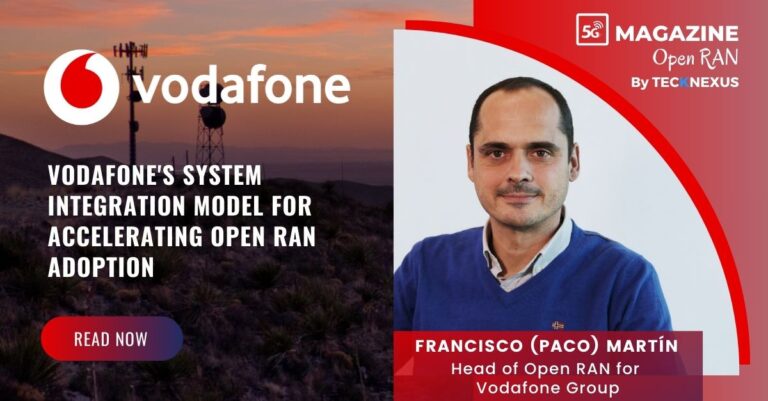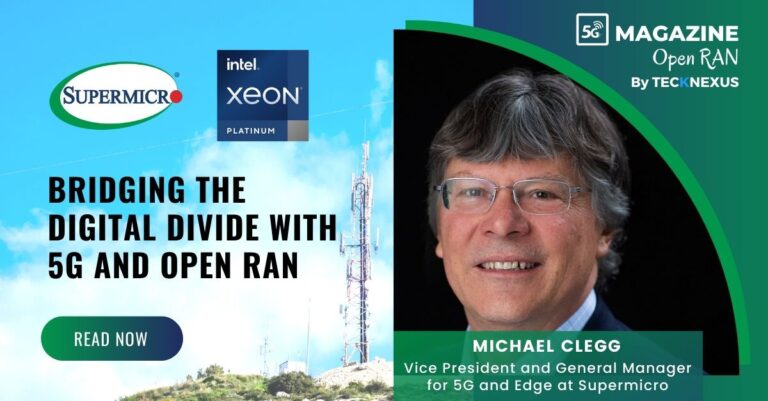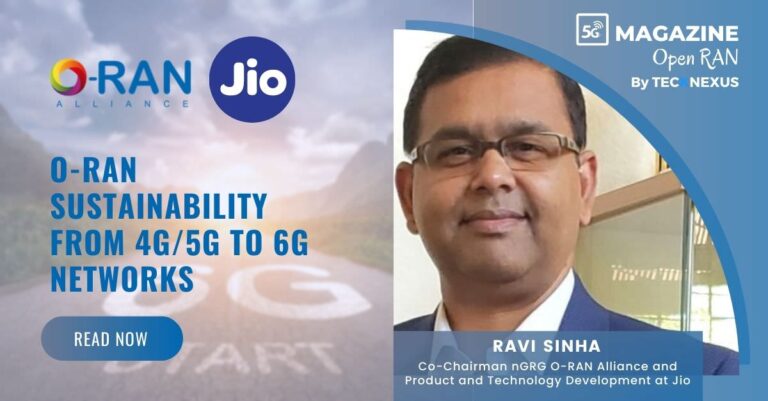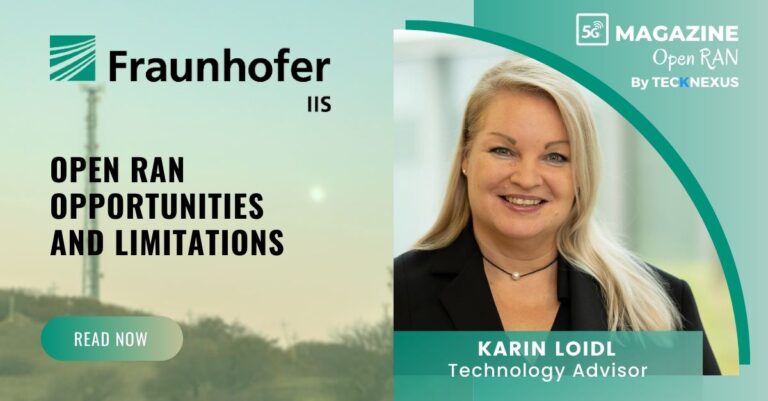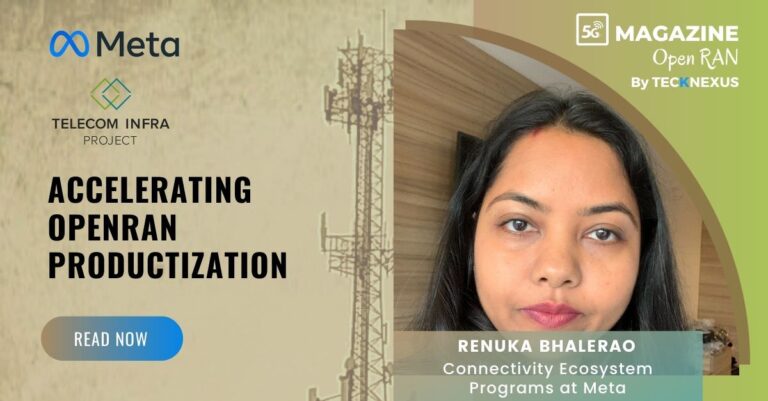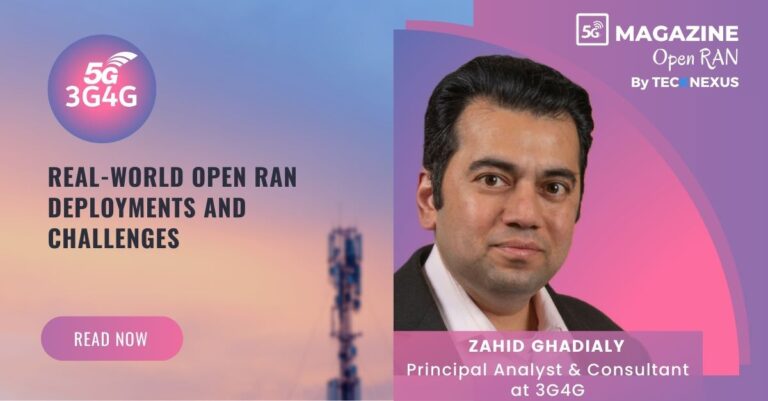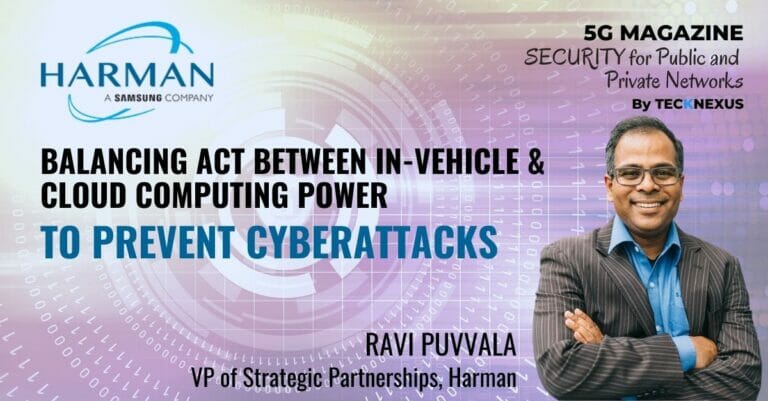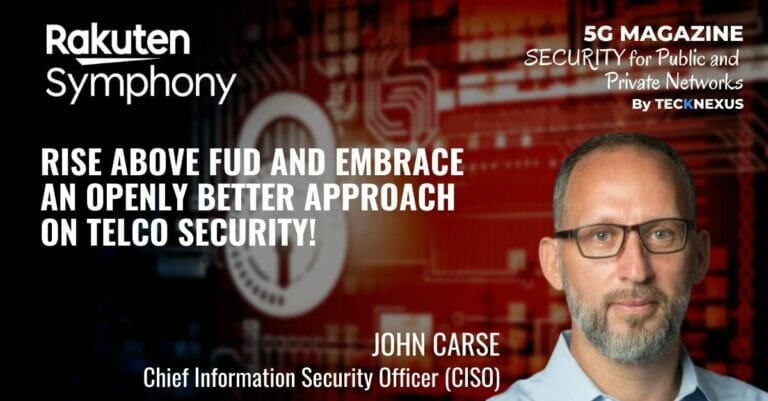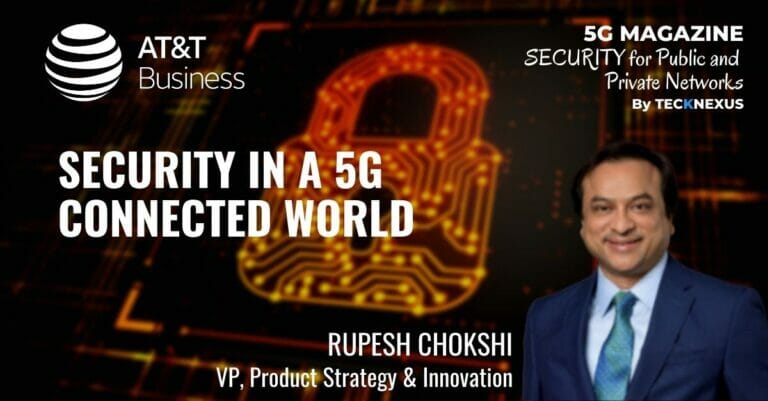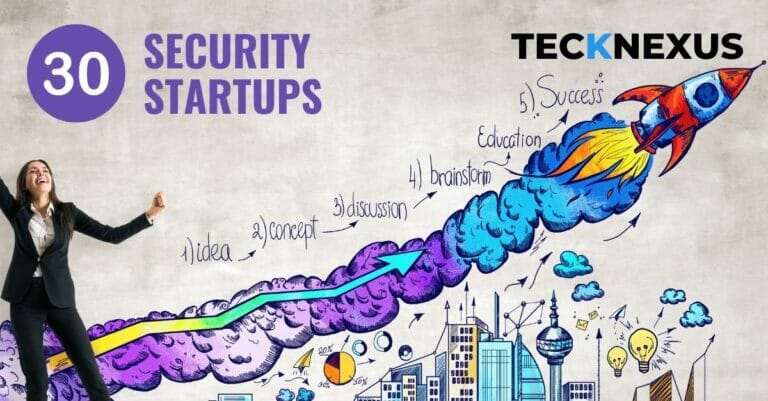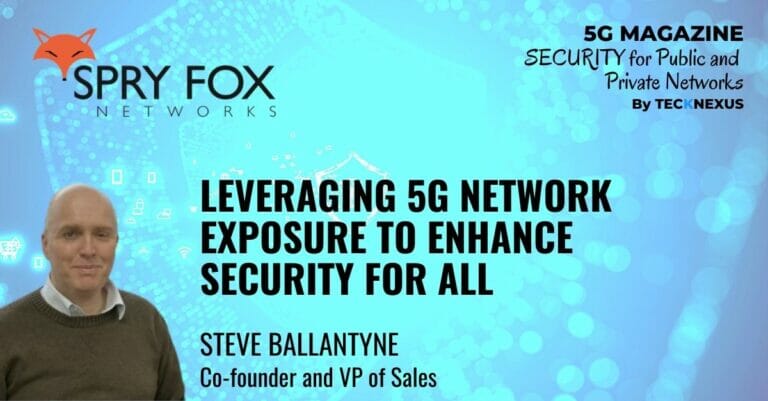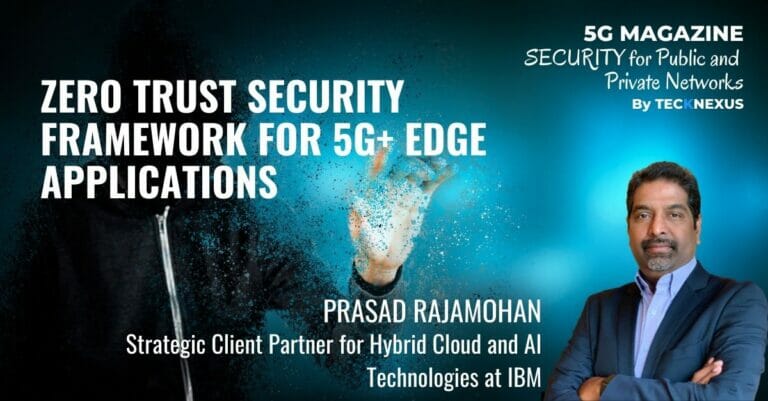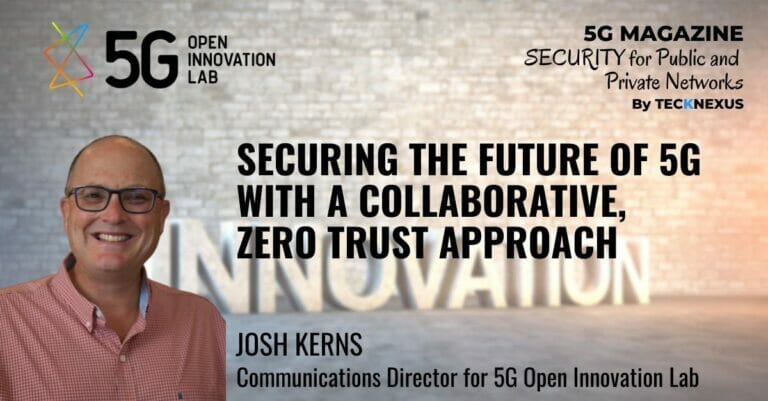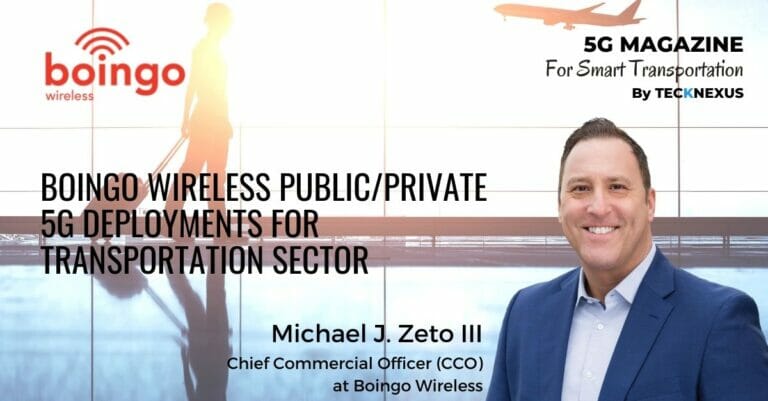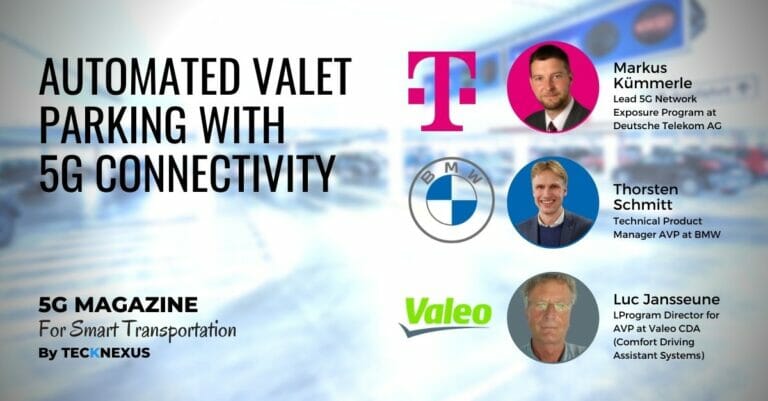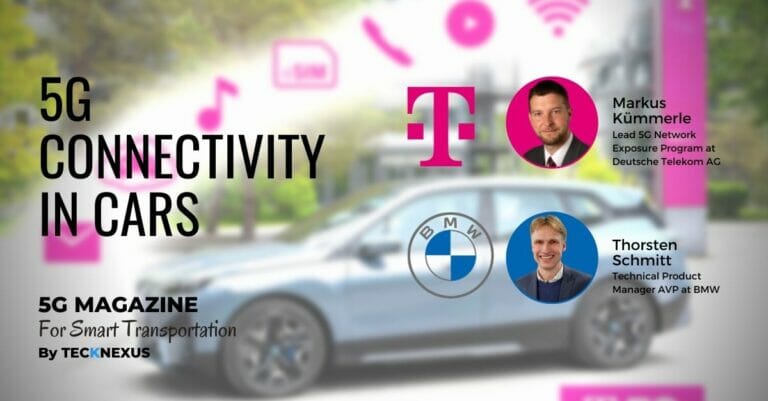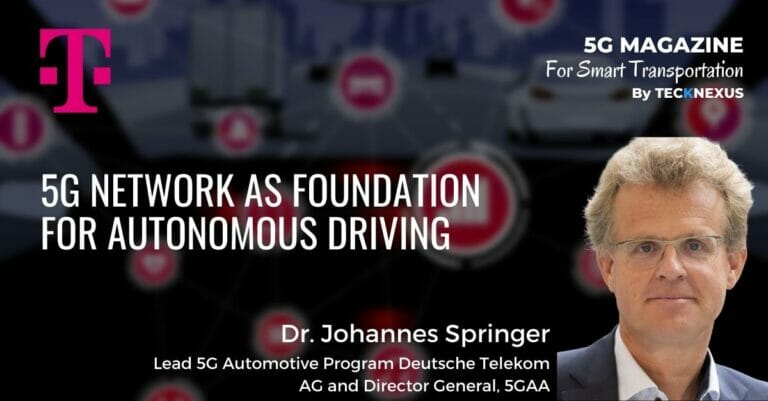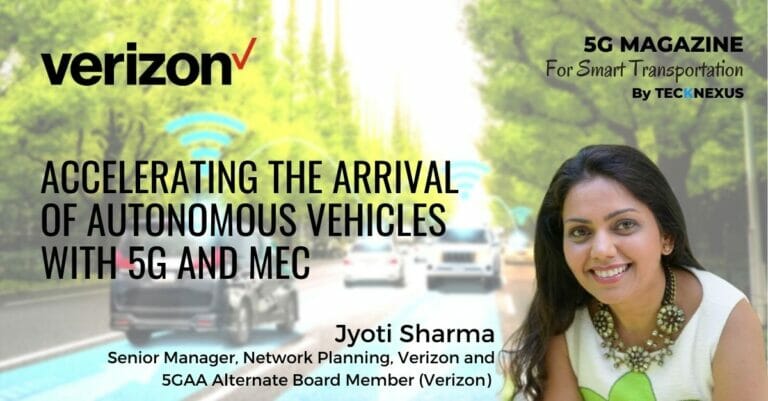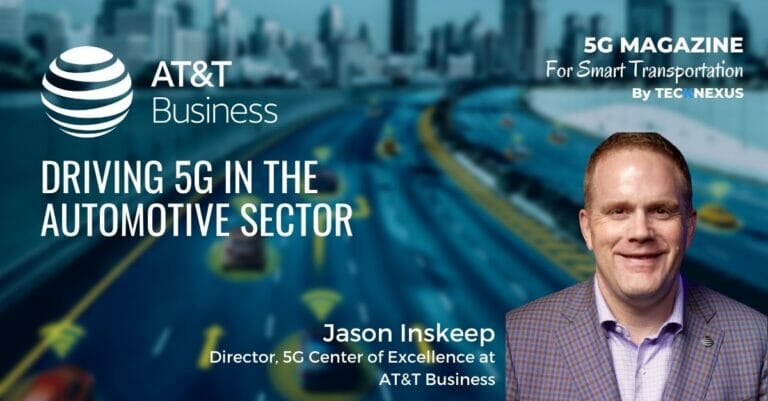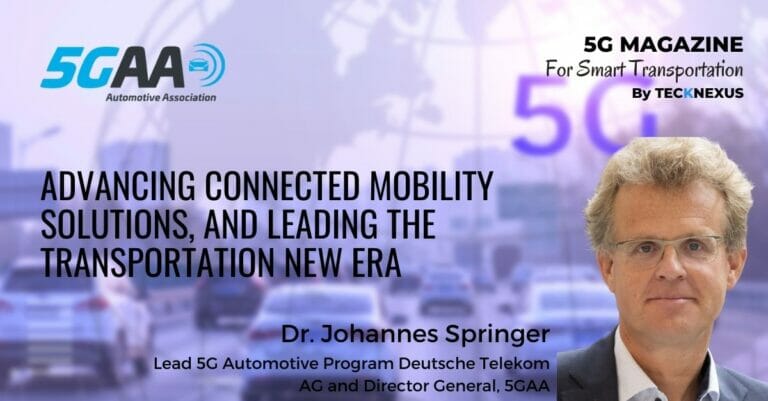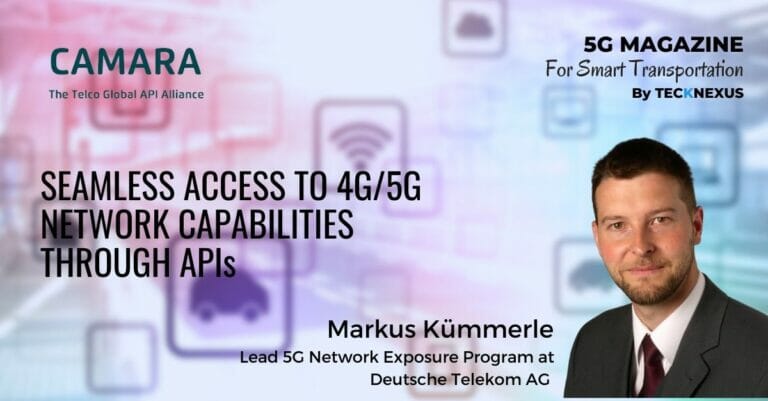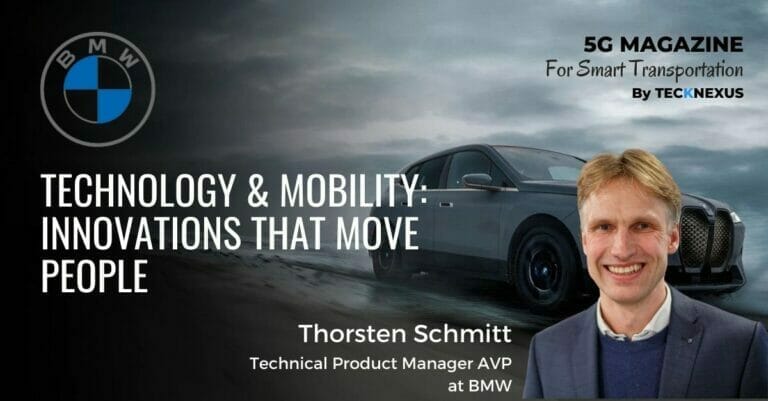Magazines and Articles
- All
- 2022 Predictions
- 2023 Predictions
- 5G and Beyond | 2024
- 5G Edge
- 5G for Manufacturing
- 5G for Transportation
- 5G Monetization
- 5G Towers
- Featured
- Foundation
- Leaders
- Open RAN | 2021
- Open RAN | 2022
- Perspective
- Private Networks | 2021
- Private Networks | 2022
- Private Networks | 2023 Awards
- Satellites and NTN
- Security
- Tech and Connectivity
- TechFusion
- Telco Cloud
By the end of 2023, we are likely to consider covid and the sudden spikes in inflation that set limits to consumption as being history. Many of us may have less spare money than before, but we get used to it over time. Also, the climate crisis won’t go away, but it’s time to be optimistic again.
In non-public networks, 5G means a stand-alone solution. 5G is a very promising technology, but it has proven to be complex and unmatured, especially when using western technology providers. This, I assume, has led industries to take a closer look at 4G technology and find out if that could be used to get to the next level of the automation cycle started.
2022 was a transformative year for technological innovation and digital transformation. The trend will continue as the pace of innovation and development of potentially disruptive emerging technologies exponentially increases every year. The question arises, what lies ahead for tech for us to learn and experience in 2023?
Rural telecommunications are one of the most dynamic markets in the U.S., fueled by fascinating and durable tailwinds that will push companies through 2023 and beyond.
For the past three decades, the telecommunications, media, and technology (TMT) industries have been at the center of the revolution in how consumers and businesses react, interact and transact with each other and the world. Following are 7 trends that TMT organizations need to be focused on not just to reach the full potential of Industry 4.0 but to constantly be prepared for what comes next.
The potential for private networks is massive, but so are the challenges to realize its full potential. The 5G private networks landscape has a complex, multi-partner ecosystem. Investing in 5G private networks requires working with a provider with a rich partner ecosystem to support complex global deployments.
5G presents transformative solutions for municipal operations throughout our nation. The legislative and management leaders within a community rely on insights from data collected directly from operations and other sources to enable mission-critical decisions. This is all made possible by the confluence of 5G, big data analytics, and artificial intelligence.
New “private” cellular networks help users and machines to securely access information from more places as industries continue to evolve to improve operations and embrace industry 4.0.
5G is transforming markets, industries, and ultimately lives – leveling the playing field for more operators to jump on the 5G innovation speed train will open up more opportunities for everyone.
All MANOs will include network service orchestration in their ambit. VM-based VNFs will continue to find acceptability on account of strong legacy among telcos and enterprises alike. And K8s is here to stay.
Edge computing is a concept that piggybacks off the ideas of cloud computing but differs in how it handles heavy processing. MEC delivers cloud computing capabilities and an IT service environment at the edge of the cellular network. It allows compute resources to be deployed closer to the edge of the network, in effect “transporting” cloud capabilities to the edge to overcome latency and network reliability issues.
In a world where operator budgets are squeezed, and the personnel required to keep up with the demand for services, operators are streamlining their network operations to manage OPEX and CAPEX. Therefore, finding a way to keep pace with customer expectations and monitor the network efficiently is becoming more and more imperative.
With 5G and Edge computing, there is an explosion of management complexity because there are hundreds of software instances (that include edge applications and private 5G applications), tens of thousands of edge locations, and tens of infrastructure providers. Existing approaches and solutions are not able to adequately scale to address this complexity.
As the 5G rollout is well underway, operators need to leverage technology solutions that can help them achieve network synchronization quickly, securely, and cost-effectively.
Aether™ is ONF’s Enterprise-5G/LTE-Edge-Cloud-as-a-Service system. Aether provides mobile connectivity and edge cloud services for distributed enterprise networks, all provisioned and managed from a centralized cloud.
Telco 5G network & IT teams are under pressure to deliver applications and services faster, out-maneuver competitors, and provide exceptional user experiences while facing tighter budgets and a severe lack of cloud specialist skills. While the move to cloud-native network operations is relatively new for operators, it’s old hat for enterprises and web/hyper-scalers.
Who are the global top 12 telco cloud and IT cloud computing vendors? What are their offerings and strategies for enabling telco cloudification?
Nephio is Kubernetes-based intent-driven automation of network functions and the underlying infrastructure that supports those functions.
The Dickensian duality succinctly characterizes where we are with 5G — pushing towards monetization is challenging, commercially-available network slicing is fledgling at best, but 5G promises rewards for those enterprising and persistent.
Earlier telecommunication systems were proprietary and purpose-built systems developed on a monolithic architecture. These systems ensured that telcos or enterprise entities were struck in a vendor lock-in model, scaling up on different telco-grade applications was time-sensitive, and innovation and automation depended on strategies adopted by OEMs. But time has shown us how telecommunication systems have fundamentally changed and evolved for good.
Mobile Edge Computing (MEC), is challenging to implement and requires support for network parameters of most of the use cases. Telco Edge nodes are not only contained with network functions but also applications workloads are deployed to deliver services to edge serving devices.
This article provides an overview of all the Open RAN ongoing deployments and trials, globally, as of June 2022.
An in-depth interview with Geoff Hollingworth, Chief Marketing Officer at Rakuten Symphony covering Rakuten Mobile’s Open RAN Journey, including the rationale behind opting for Open RAN solution, the current state of their Open RAN deployment, their success, the challenges they addressed, the solution approach, architecture blueprint and recommendations to operators on the Open RAN journey.
An interview with Petr Ledl, Vice President, Head of Network Trials and Integration Lab, Deutsche Telekom covering DT’s Open RAN Journey and related topics such as Why do we need Open RAN? How do manage the RAN disaggregation complexities? What are Open RAN challenges & Learnings? Global Industry Approach for Open RAN solution adoption.
An interview with Francisco (Paco) Martín, Head of Open RAN for Vodafone Group focusing on Vodafone’s system integration model for Open RAN adoption. What happens if traditional model is applied to OPEN RAN system integration? How system integration can be done in lab? What is the proposed lab model? What are the benefits? How to do remote system integration? How to manage network operations?
Michael Clegg, VP & GM for 5G and Edge at Supermicro, shares insight on how Supermicro is bridging the digital divide with Open RAN & 5G. What does Open RAN mean to Supermicro? What is the state of Open RAN market today? How Open RAN can help improve global connectivity to bridge the digital divide?
Ravi Sinha, Co-Chairman nGRG O-RAN Alliance provides an overview of the next generation research group mission, ecosystem, & research streams.
Karin Loidl, Technology Advisor at Fraunhofer IIS explains how Open RAN can be a game challenger? Role of Open RAN in Campus Networks, with a view on Germany? What are the technical challenges for deploying an Open RAN solution? Shares Open RAN future perspective and important takeaways.
Renuka Bhalerao from TIP and Meta provides an update on the current state of TIP, including the release 2 roadmap & Meta’s Evenstar program.
Zahid Ghadialy, Principal Analyst & Consultant at 3G4G provides us a background for the need to support Open RAN across 2G/3G/4G and 5G. What are the common challenges, capacity enhancement challenges and coverage challenges? How operators and vendors is addressing those challenges in developing and developed countries?
The automotive industry is undergoing a revolutionary change towards software-defined vehicles, 5G connectivity, and autonomy. To cope with this change, the vehicle ecosystem has had to rapidly evolve, leading to the emergence of new potential attack surfaces and target methods. This article focuses on the landscape of vehicle attacks, challenges faced by the Auto OEMs, and the revolutionary approach taken by HARMAN where they build a safety net for customers through anomaly detection and attack prevention.
To compete safely at the speed of the cloud, telecom operators should evaluate industry best practices, collaboration, and innovation, setting the best security and privacy strategies based on individual regulatory and market contexts.
In today’s world, the network’s security is of prime importance. It’s on the top of the mind of everyone, be it the CEO, CSIO, the CTO, or the CMO. Moreover, it’s an important topic in all boardroom conversations as glitches in security will impact the brand.”
Public cellular networks have been around for years, and many security tools keep them running. Likewise, enterprise IoT networks are not new, and a wide variety of great security solutions have been developed to protect these networks. So why is a different security solution necessary for private cellular networks?
Who are the global security startups that are innovating to solve the security challenges, including protecting public and private networks?
Can mobile operators use 5G to enhance security and monetize their networks at the same time? The answer is an emphatic Yes! 5G has functions such as NEF (Network Exposure Function) that expose the vast capabilities of Mobile Networks using standardized APIs. It allows mobile operators and private network operators to provide new services and monetize their networks.
The UK Government’s Department for Digital, Culture, Media and Sport (DCMS) is leading delivery of the Digital Connectivity Infrastructure Accelerator (DCIA) programme. This programme specifically addresses the challenges associated with the use of publicly owned infrastructure assets to support the roll out of advanced wireless connectivity.
The security paradigm has made significant evolution over the last couple of decades. When it comes to securing today’s ‘no-boundaries’ business applications, no assumptions, and zero trust.
Cyberattacks increasingly frequent, costly. The threats are staggering. On average, it takes more than 250 days to find and mitigate a network breach. Cyberattacks are up 92%, and the average data breach now costs $3.86 million,
Interview with Michael J. Zeto III, Chief Commercial Officer (CCO) at Boingo Wireless, about their public/private 5G Network deployments. We cover Boingo’s private network deployments at Chicago O’Hare, Dallas Love Field Airports, and Las Vegas Monorail Convention Center Station, in addition to their wider deployment for the transportation sector including Metropolitan Transportation Authority (MTA) in New York, London Heathrow Airport, and Brazil Airports.
Deutsche Telekom launched 5G Automotive Use cases with 5GAA alliance partners e.g. BMW and Valeo. This article covers – Automated Valet Parking 5G Use case – Solution and Benefits and highlights why 5G is needed.
5G Connectivity in cars (e-SIM) use case by Deutsche Telekom & BMW in Europe. Learn more about the solution, benefits & why 5G is needed. A similar Use case was also launched in the USA by T-Mobile and BMW.
How does 5G network with intelligent transport infra, network slicing, network exposure function, & edge computing enable autonomous driving?
Jyoti Sharma provides update on Verizon’s use cases for autonomous vehicles with 5G and MEC, related challenges and the need for 5G networks.
Jason Inskeep updates AT&T’s strategy for 5G and Smart transportation, related use cases, and the challenges being addressed for the adoption of 5G in the transportation sector.
How is 5GAA bridging the gap between automotive, technology, and telecom industries and promoting the C-V2X technology?
How to access 4G/5G network capabilities, implement vertical industry use cases across countries and networks, & provide a good experience?
The future of driving is automated. What are the different levels of autonomous driving? How is BMW innovating?

















